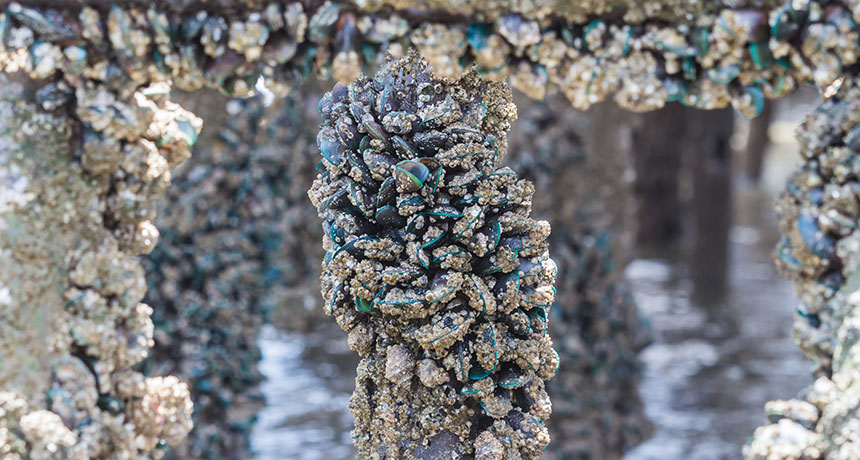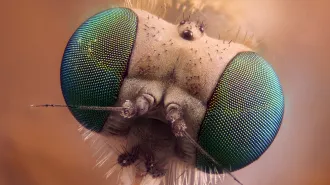A new material may one day keep mussels off piers and boat hulls
The bivalves can’t get a grip on this slippery silicone material

A LITTLE CLINGY Asian green mussels (Perna viridis) can stick en masse to piers and ship hulls, forming thick crusts that are hard to remove.
fon_thachakul/iStockphoto







